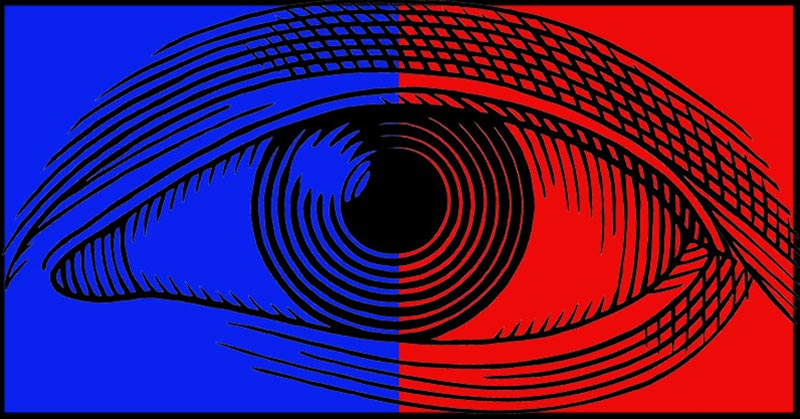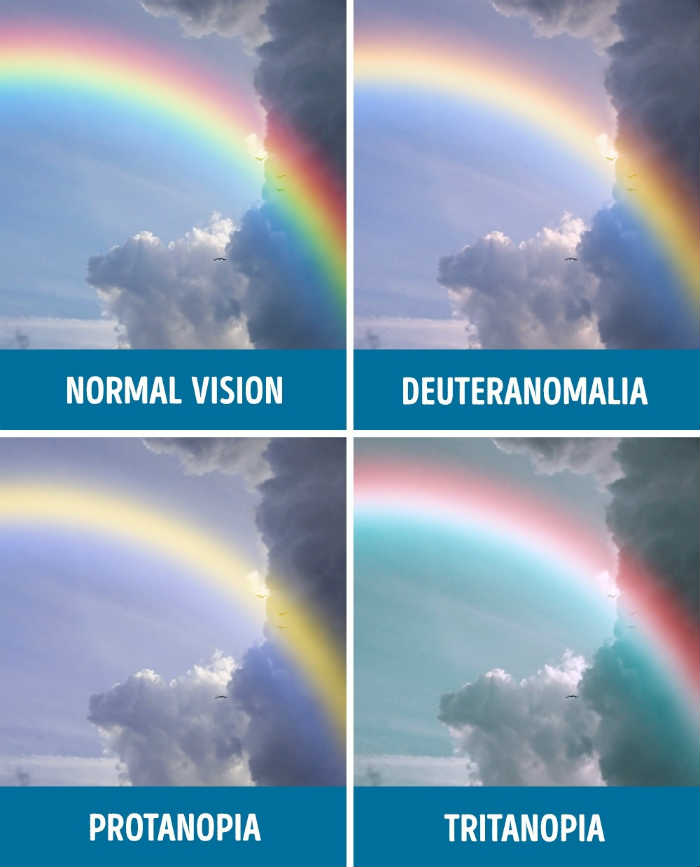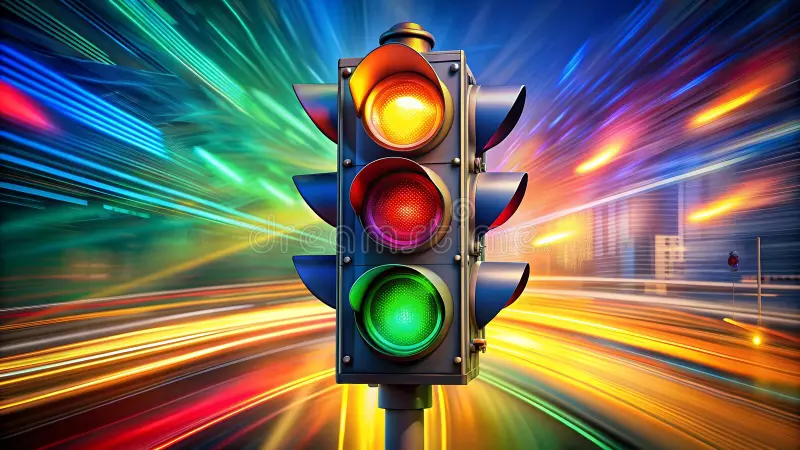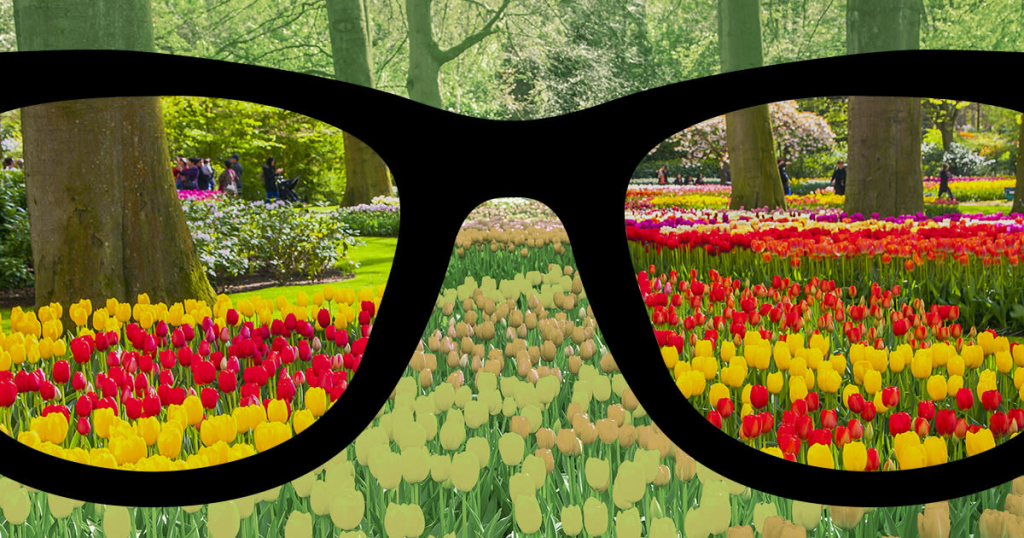Have you ever taken a color vision test? These tests help determine if you have a color vision deficiency, which affects your ability to distinguish between certain colors. Interestingly, around 7% of American adults believe that chocolate milk comes from brown cows, but even more surprising is that some people don’t realize they may have color vision deficiencies. This article will explore the types of color blindness, how it affects perception, and provide a fun challenge for those with perfect color vision!

Let’s start by dispelling a common myth: true color blindness is extremely rare, and most people with a color vision deficiency still see colors—just differently than those without the condition. Only people with perfect color vision can easily read certain words in specific colors. We’ll show you some examples and explain why.
What Is True Color Blindness?
Contrary to popular belief, true color blindness—where a person sees only in black and white—is incredibly rare. The term color vision deficiency (CVD) is more accurate for most people. There are four main types of color blindness, and they don’t eliminate the ability to see colors; they just change how people perceive them.
Many individuals with color vision deficiencies don’t realize they have it. They may discover it in situations like reading traffic lights, identifying ripe fruits, or choosing clothes. Most commonly, color blindness affects the perception of red and green or blue and yellow shades.
The Challenge: Can You Read These Colored Words?
Here’s a fun test to see if you have perfect color vision. Only those with normal color perception will be able to read these words easily. Try to read each word out loud as you go.
- Can you see the blue word?
- Can you see the green word?
- Can you see the purple word?
- Can you see the pink word?
- Can you see the orange word?
- Can you see the red word?
If you were able to read all the words without hesitation, congratulations—you likely have excellent color vision!
Understanding How Color Vision Deficiency Works
People with color vision deficiency may perceive colors differently, depending on the type they have. Most color blindness falls into four categories, with each impacting how individuals view various shades.
Deuteranomaly (Red-Green Color Blindness)
This is the most common type of color blindness, affecting around 4.63% of men. Individuals with deuteranomaly often see reds and greens as less bright or faded. This type of color blindness can make it challenging to differentiate between shades of red, green, and sometimes yellow.
Protanopia (Red Color Blindness)
About 1% of men experience protanopia, which causes difficulty distinguishing red shades. Reds appear darker and less vivid, while other colors like blue and yellow may remain more intact. This form of color blindness also affects green perception but to a lesser degree than deuteranomaly.
Tritanopia (Blue-Yellow Color Blindness)
Tritanopia is a rare type of color blindness that affects both men and women. People with this condition struggle to tell the difference between blue and yellow, and may see the world in pink or green hues. It is less common than red-green color blindness but still impacts daily life.
Achromatopsia (Complete Color Blindness)
True color blindness, also known as achromatopsia, is incredibly rare, affecting only about 0.00003% of the population. People with achromatopsia see the world entirely in shades of gray, black, and white. They lack functioning color receptors in their eyes, making it impossible to perceive any color at all.

Can People with Color Blindness See Blue?
One of the most interesting aspects of color blindness is that individuals with red-green color blindness often still see blue relatively well. That’s because blue is detected by different photoreceptors in the eye, which are not usually affected by red-green color blindness. For this reason, blue can serve as a reference point for many people with color vision deficiencies.
Common Misconceptions About Color Blindness

There are several myths surrounding color blindness, the most common being that people with color blindness only see in black and white. In reality, most people with color vision deficiencies can still see a broad range of colors, but they may confuse certain shades, particularly reds, greens, blues, and yellows.
Another misconception is that color blindness is always inherited. While it’s true that color blindness is often passed down genetically, it can also be caused by aging, injury, or certain medications.
Everyday Challenges for Color-Blind Individuals
People with color vision deficiency may face difficulties in everyday tasks that most of us take for granted. For instance, distinguishing between red and green traffic lights can be tricky. Identifying the ripeness of fruits, selecting clothing that matches, or reading color-coded charts can also present challenges. However, with practice and adaptation, many individuals with color blindness develop strategies to navigate these situations.

Color Blindness Comparisons: How the World Looks Different
For those with normal color vision, it can be hard to imagine what the world looks like through the eyes of someone with color blindness. Let’s take a quick look at how each type of color blindness affects perception:
- Deuteranomaly: Reds and greens look faded, almost blending into one another.
- Protanopia: Reds appear darker and may be confused with black or brown.
- Tritanopia: Blues and yellows are hard to distinguish, often appearing as pink or green.
- Achromatopsia: The world is seen in grayscale, with no color at all.
These different ways of seeing the world remind us of the importance of understanding and accommodating various perspectives.

Conclusion: Understanding Color Blindness Brings Us Together
If you were able to read all the words in this article without hesitation, your color vision is likely perfect. But for the millions of people living with color vision deficiencies, the world can look quite different. Recognizing and understanding color blindness helps us create a more inclusive society where everyone can navigate life with ease and confidence.
Whether you have perfect color vision or live with color blindness, the way we perceive the world around us offers fascinating insights into our unique experiences. By embracing these differences, we can celebrate the diversity of human perception and continue fostering a world where everyone’s strengths are appreciated.